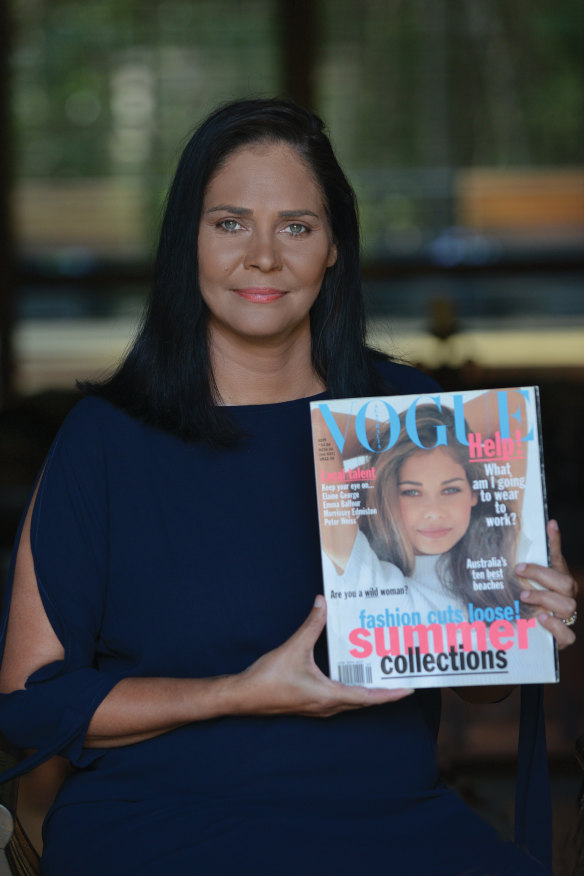This made me laugh out loud because I get what you mean, lol.
But the reason why we are here is because society right now prefers substance over the superficiality of the old guard. If you're in a position where you drive culture, you must use it responsibly and be inclusive.
That said, it doesn't mean there's no call for beauty. Otherwise influencers wouldn't be as big as they are.
Charlee!


Totally. To me though this inclusivity era is a lot of crap and BS. I want to explain it from my POV, sorry if I digress a bit in my explanation but stay with me, you'll get my point:
As a mixed raced man or light-skin-brazilian-born-french man or black man or whatever people want to see me as or call me as or refer to me as, I have never ever felt the need to ''feel'' represented in media:
- in the first part of my life living in France, I've been watching japanese and korean tv shows my whole life and never asked why my skin wasn't represented in these shows or if they were racists towards other races or skin colors or tones from other countries.
- I have also been immersed, like every single one of us, in the americanisation of the world, by simply watching countless tv series and movies from the US where the entire cast was white and not a single extra was black or asian or mixed raced and it didn't shock me or made me mad or made me feel any sort of way because I obviously had core family values and enough confidence in myself and my skin and my other life interests, to know that the color or someone skin in a tv show or in life has absolutely nothing to do with who and what they are and the value each human being possess.
- I've been living in Spain now for almost 15 years and in the capital you see very very veryyy few african american people : in schools or in the business centre. It does baffle me that in ''real life'' there aren't more diverse skin tones, but the same could be said about South Korea and Sweden and so on.
- I've been an avid consumer of fashion magazines for 25 years and I have always been excited to see my favorite models but it never made me mad to not see ''more'' black models or ''more'' asian models. Did I want to see more? Sure, yes, because visually speaking it's pleasing to the eye to see other races of models or other skin tones and it's important to get a certain quota so every person who reads a magazine can see themselves but does it have to be mandatory to do so for magazine editors and groups? I don't think so. We should not hire (in fashion or in other spheres of life) someone because of their skin color but because of their skills, likewise for actors in tv series.
Now, granted, many people are racists in the world and I am obviously aware of white supremacy group and all of that and many conservative people would never want to see a black model in an ad or a tv series and so on but does this truly mean that the entire fashion industry is racist?
Now, granted that inclusivity,
in theory, could and should be a ''perfect'' world where women are paid equally the same (as they obviously should) where sex genders and preferences and LGBTQ+ people' sex should be overlooked and not taken into consideration for job opportunities (since otherwise it's clear discrimination) and people of different ages and sizes could be doing every single job and every etc. However, sorry to break it to many people, this isn't Barbieland, the reald world is harsh, it's hard, it's no near perfect, not every person can be a flying attendant (because of their height), not everybody can become a firefighter (because of obvious physical aptitudes) and I can go forever. Is it bad? Perhaps, is it fair? No. Is life fair anyways and should be because we want it to? I don't know. Nevertheless of what the majority of people from Gen Z and people who want that ''perfect' pink world where we all love each other and where there shouldn't be any discrimination at any level'' it will never happen. Mankind isn't perfect and it will never be.
Magazines,
in theory, could also try to protect us all from that harsh world and could erase the barriers that our world makes us face daily but this isn't a dream, this is our real life and real world with real problems (Wars anyone???). Edward Enningful tried to have this inclusivity /wokeness / we're together whoever we are and everyone can become anything but do you all honestly believe it is possible in today's world with today's mindset ??? Besides magazines are a superficial way to represent the world, I think people who save lives and whose mission is to make the world safer are more important than just featuring the ''token --------- model of the month'' on a cover so people from Gen Z could think ''yes we made it, it's a small step but it will happen one day : our dream of a perfect world''.




